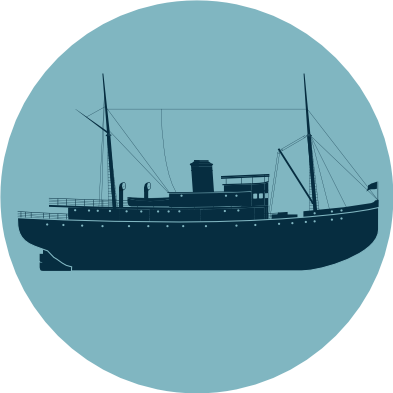
 0
0Finally, the BRAS D'OR
The Canadian government soon realized that only the aircraft industry could take on the hydrofoil project, because of the solid and lightweight materials used for planes and the powerful engines developed by that industry.
In 1960, the government asked De Havilland Aircraft of Canada to conduct further testing.
It gave the company specific criteria: a 40-metre-long ship of 200 tons, with the potential to move at speeds of 12 to 18 knots on its hull and 50 to 60 knots in hydrofoil mode.
Beginning of the project

The De Havilland test results were conclusive and the design contract was signed in 1963.
That same year, the Marine Industries Limited shipyard was approached to build the hull of the hydrofoil and fit it with the equipment produced by De Havilland.
The project was set in motion!

This video produced by De Havilland shows the BRAS D’OR leaving the Marine Industries Limited shipyard in Sorel and setting off on the road to Halifax.
FHE 400 Canadian Hydrofoil, Designed and Built for the Canadian Armed Forces by De Havilland Canada
De Havilland Canada photographic departement, 1972
Important Note: IT IS PROHIBITED TO TAKE SCREEN SHOTS OF THIS VIDEO OR DOWNLOAD ITS CONTENT.

